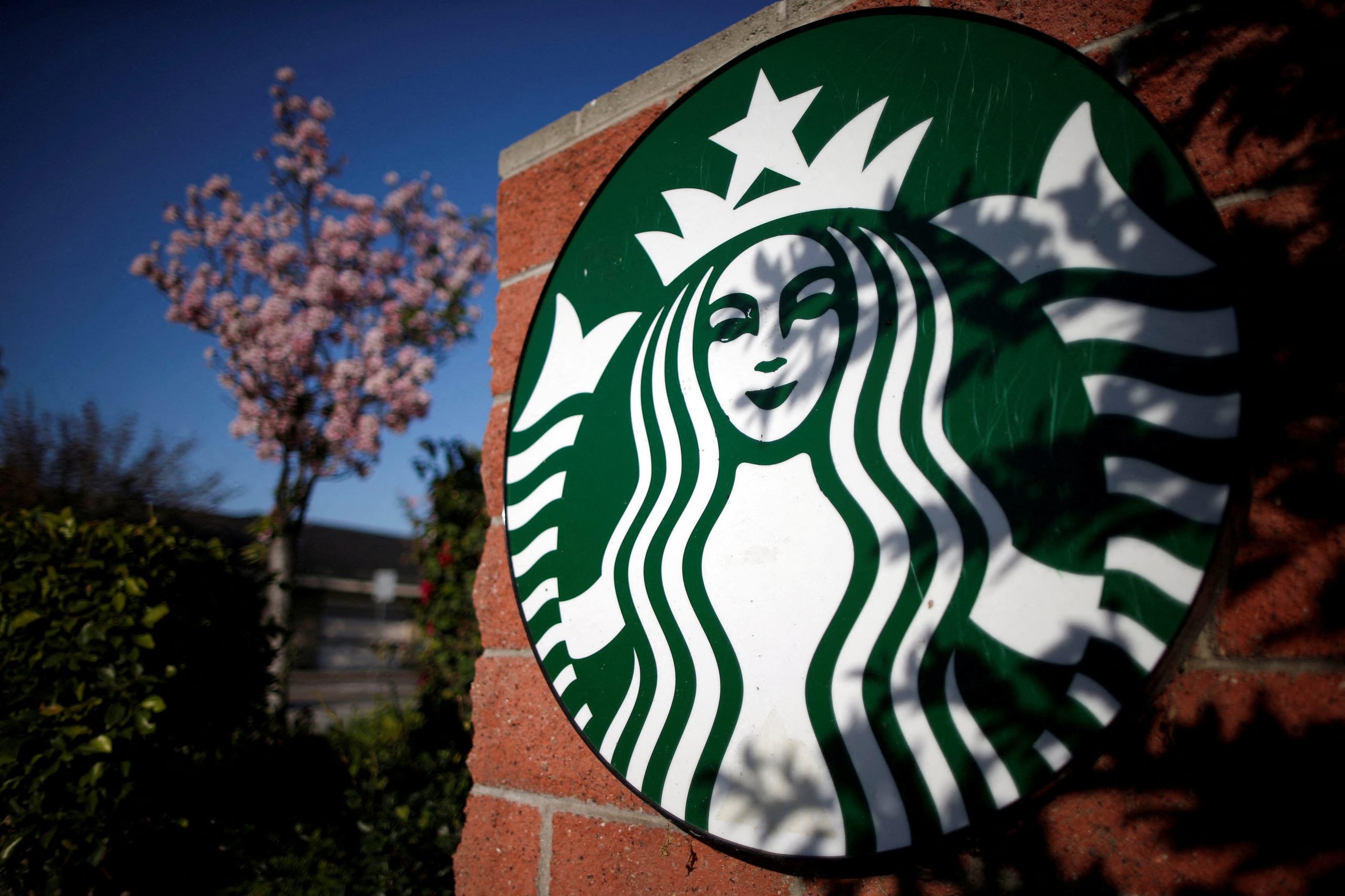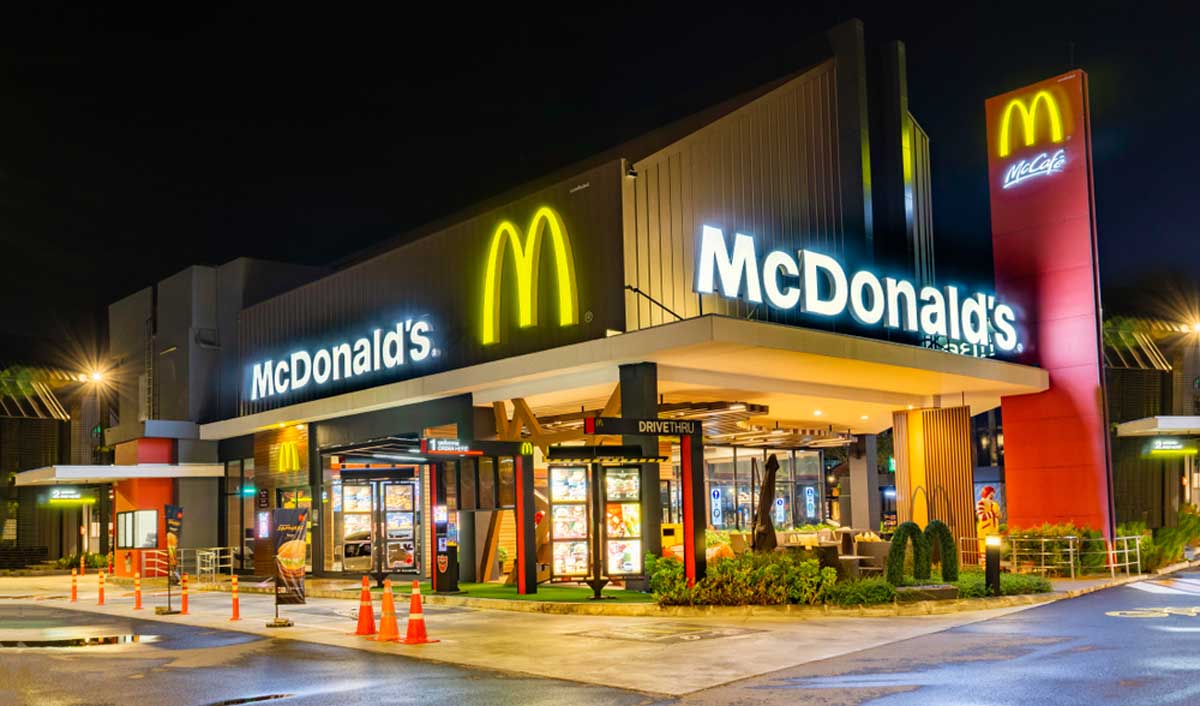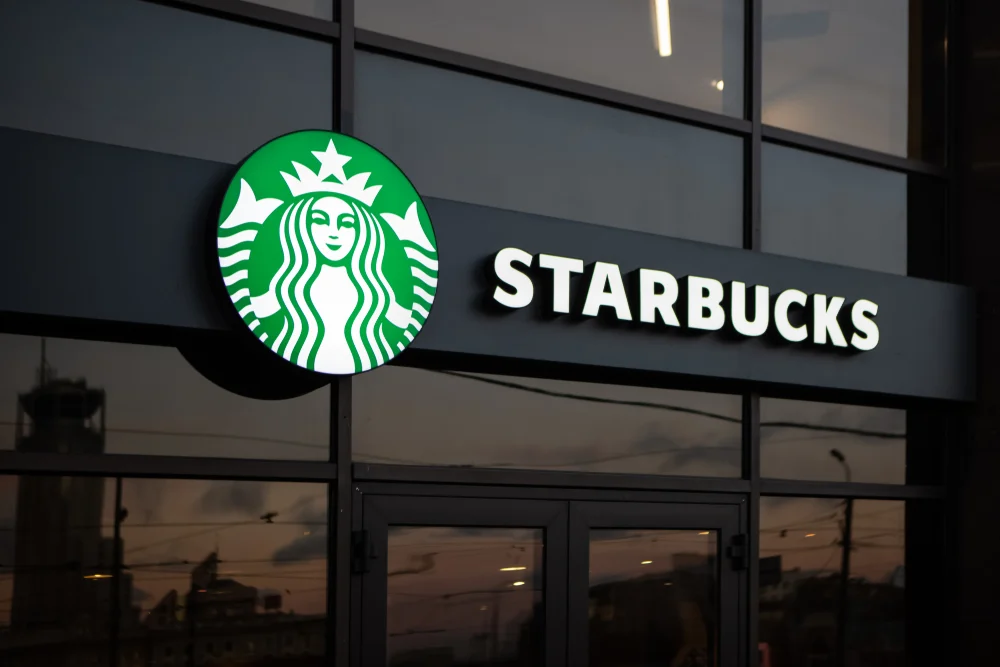As the scenario of consumer behavior continues to shift, global fast-food giants find themselves undergoing choppy waters. Recent reports indicate a concerning trend: more individuals are opting to dine at home, leaving fast-food chains like McDonald’s and Starbucks grappling with sluggish sales.
The root of this phenomenon can be traced to several factors, including a decline in disposable income, particularly among lower-income demographics.
In the United States, where economic recovery remains sluggish, menu prices across the fast-food industry have soared, driven by rising commodity and supply chain costs. However, rather than stimulating demand, these price hikes have spurred consumers to experience alternatives, whether it be other dining options or the comfort of home-cooked meals.
From McDonald’s to Starbucks, Industry Titans Struggle as Home Dining Trends Disrupt Market Dynamics

The impact of this shift is palpable across the industry. From the iconic golden arches of McDonald’s to the ubiquitous green siren of Starbucks, global giants are feeling the squeeze.
McDonald’s, with its significant exposure to lower-income brackets, has experienced a slowdown in global sales growth for the fourth consecutive quarter. In response, the company is doubling down on meal offers to entice value-conscious consumers.
Similarly, Starbucks, a mainstay in the coffee culture, has revised its full-year sales forecast downwards, citing the evolving preferences of customers who are increasingly opting for homemade fare over dining out.

Meanwhile, amidst this turbulence, some players have managed to stay afloat. Domino’s Pizza and Restaurant Brands, owner of Burger King, have reported a sales uptick fueled by robust loyalty programs and strategic promotional initiatives.

However, the market remains volatile, with shares of industry giants fluctuating in response to shifting consumer sentiments. While Domino’s Pizza has seen a healthy 27% increase in its stock value, McDonald’s and Restaurant
Brands have experienced declines of 8% and 6%, respectively. Starbucks, in particular, has seen a notable 22% tumble in its stock price, underscoring the challenges faced by the sector.
As the industry grapples with changing consumer preferences and economic uncertainties, one thing remains clear: adaptability and innovation will be crucial in undergoing the turbulent waters ahead.







Leave a Reply